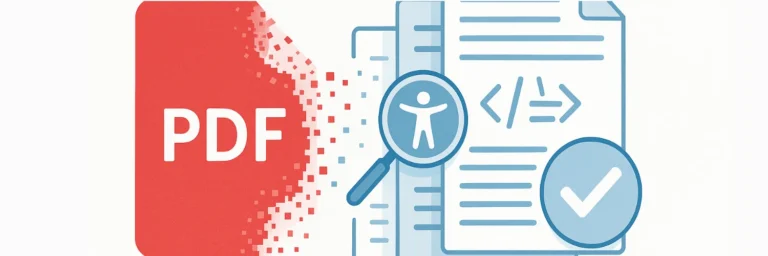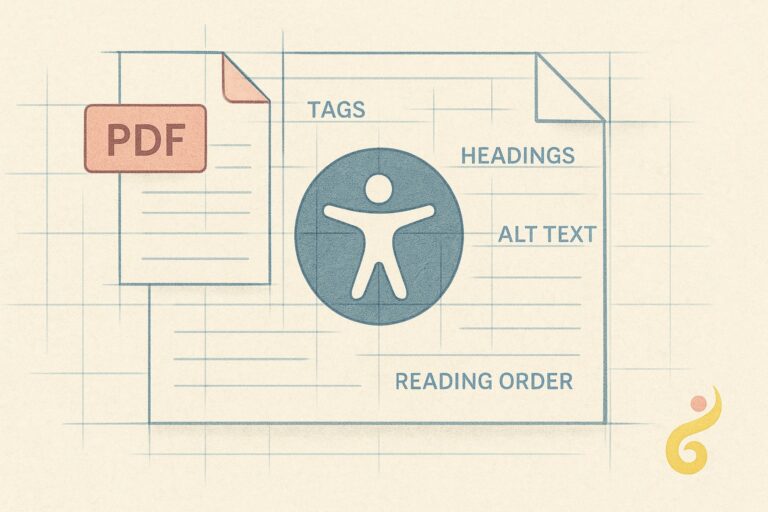Reflection allows an AI to pause, look back at what it has done, evaluate the outcomes, and refine its approach based on those insights. If autonomy enables action without constant oversight, reflection ensures those actions continuously improve.
When an agent reflects, it begins with a performance review of its recent decisions and actions. It carefully analyzes outcomes, identifying which steps achieved their intended results and which fell short. Instead of blindly repeating the same actions, it can detect patterns—recognizing recurring mistakes and successful strategies alike.
Through reflection, the agent gains insight into its own strengths and weaknesses. This self-awareness lets it leverage what it does best while actively working to improve areas of difficulty. If a certain approach repeatedly proves ineffective, the reflective agent won’t just recognize it—it actively experiments with alternative strategies. Reflection drives adaptive experimentation.
Moreover, reflection helps agents become aware of their own limitations. It enables the AI to identify gaps in its knowledge or skills, prompting it to seek additional information or external input when necessary.
Enhancements & Further Examples:
Consider an AI-powered marketing campaign manager. After launching a series of A/B tested ads, the reflection component would analyze click-through rates, conversion metrics, and engagement patterns. It wouldn’t just report the numbers; it would identify why certain ad creatives or targeting parameters performed better. Based on this reflection, it would then adjust the budget allocation, refine future ad designs, or even suggest new audience segments to test. Companies like Google Ads (e.g., through its Performance Max campaigns) and Meta Ads (e.g., through its Advantage+ suite) incorporate sophisticated AI that reflects on campaign performance to offer optimization suggestions and automated adjustments. For instance, Meta’s AI systems learn from vast amounts of campaign data to improve ad delivery and targeting (see articles like Search Engine Land’s “Rethinking Meta Ads AI” for insights into these practices). Another example is in robotic process automation (RPA) where an “AI supervisor” agent could monitor the success/failure rates of various bots, reflect on common error points, and then suggest or even implement changes to the bot’s workflow to improve resilience.
Consider a financial trading agent. After each round of trading, it pauses, reviews its performance, and adjusts its future trades based on observed results. It doesn’t just persist—it improves.
In the SMART GEAR framework, reflection is the engine that drives ongoing learning. It ensures that actions are refined over time, that mistakes are not repeated, and that the system becomes more capable with each pass.
Because intelligence isn’t just about getting things right. It’s about learning when you don’t.
Prompt used for “R” (Reflection) – Iconographic (Clean): “A clean and modern iconographic representation for ‘Reflection’ from the SMART GEAR framework. The letter ‘R’ is the central, prominent design element. Visualize the ‘R’ with a stylized circular arrow or a looping element integrated into its form, symbolizing the process of review and iterative improvement. Alternatively, one part of the ‘R’ could be subtly depicted as if looking back at or analyzing another part of itself, perhaps with a minimalist ‘magnifying glass’ or ‘insight’ icon nearby or incorporated. The style is professional, abstract, and iconographic. Background is #F5F5F5 (Light Gray). The letter ‘R’ itself could be a solid Primary Blue or Dark Gray (Text), with the reflective or iterative elements highlighted in Accessory Teal and Accessory Yellow. The overall feel should be about looking back, learning from past actions, and continuous improvement. Ensure no additional text, watermarks, or logos are present in the image. Aspect ratio 1:1.”





